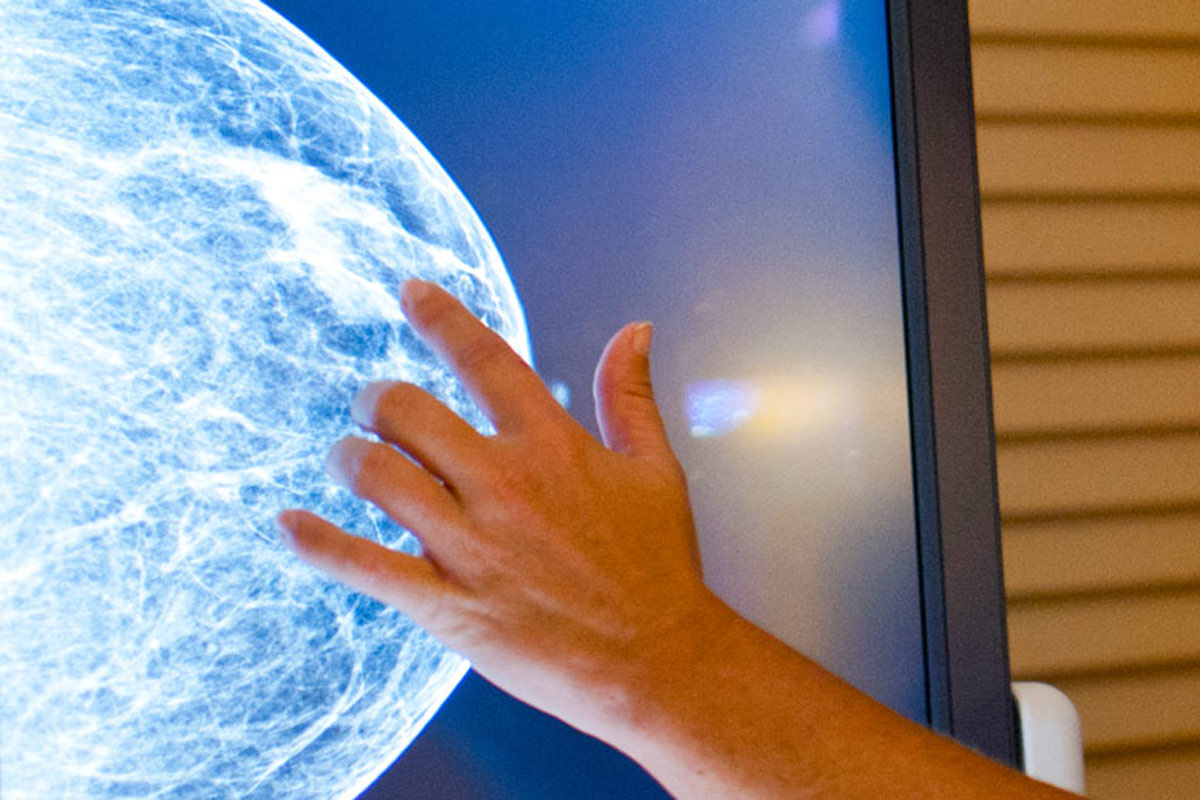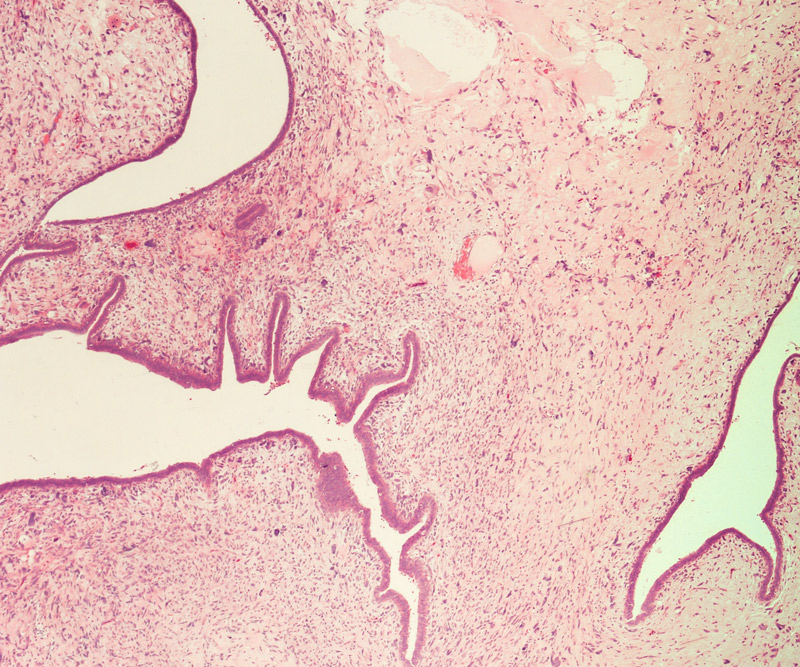
Don’t Be Dense When It Comes to Breast Health
Contrary to popular belief, breast density isn't based on how firm a woman's breasts feel.
Density also has nothing to do with breast size or shape.
So what is breast density, and why is it important?
In short, breast density describes the composition of a woman's breasts.
A woman's breasts are made up primarily of:
- Fat.
- Breast tissue.
- Connective tissue.
Breast tissue is a network of lobules (sacs that produce milk) and ducts (tiny tubes that carry milk from the lobules to the nipple openings during breastfeeding).
Fat gives breasts their size and shape, while connective tissue holds everything in place.
When a woman is said to have "high breast density," it means there is a greater amount of breast tissue and connective tissue in comparison to fat.
Low breast density means there is a greater amount of fat compared to breast tissue and connective tissue.
Younger women, those who are premenopausal and women who are taking hormones for menopausal symptoms are all more likely to have dense breast tissue.
Other factors related to breast density include:
- Pregnancy.
- How many children a woman has had.
- Body weight.
- Genetics.
Dense breast tissue is a normal and common finding.
In fact, about 40% of women age 40 and older have dense breasts, with another 10% who are said to have "extremely dense breasts," according to the American College of Radiology.
So then, what's the big deal with dense breast tissue?
Having dense breast tissue can put a woman at an increased risk for developing breast cancer.
According to the Susan G. Komen website, women with very dense breasts are four to five times more likely to develop breast cancer than women with low breast density.
One reason for this is due to how dense breast tissue shows up on a mammogram.
Dense breast tissue appears white on a mammogram; masses and tumors also appear white, making it hard to detect breast cancers.
What’s more, researchers have found that breast density might be directly tied with breast cancer risk and currently are investigating this relationship.
Despite concerns about a mammogram detecting cancer in women with dense breast tissue, a mammogram is still an effective screening tool.
Only a mammogram can show if a woman has dense breast tissue, and these findings are included in her final result letter with a recommendation to discuss additional imaging with her referring provider.
If a recent mammogram shows that a woman has dense breast tissue, it is important for her to know so that she can understand that it increases her chances of breast cancer going undetected.
In January 2014, the Dense Breast Law went into effect, making Hawaii one of a handful of states to require that imaging centers notify women if they have dense breast tissue.
In addition to regular mammograms, 3D breast tomosynthesis and breast MRI are other screening options to consider for women who have dense breast tissue.
Published on: October 6, 2015




